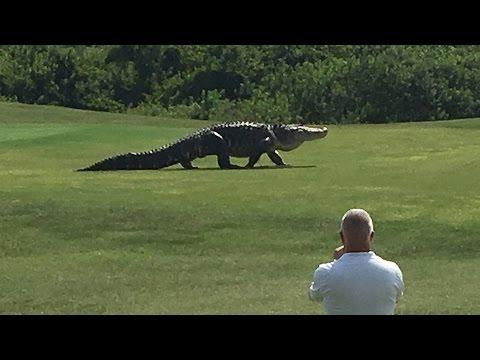The worst nuclear catastrophe the world has ever seen marks its 30th anniversary this year.
On April 26, 1986, at 1:23 a.m., technicians at the Chernobyl nuclear power plant conducting a test inadvertently caused reactor Number Four to explode.

Ukrainian President Petro Poroshenko pays his respects after laying flowers at the memorial near the Chernobyl Nuclear Power plant on April 26, 2016. GENYA SAVILOV/AFP/Getty Images




